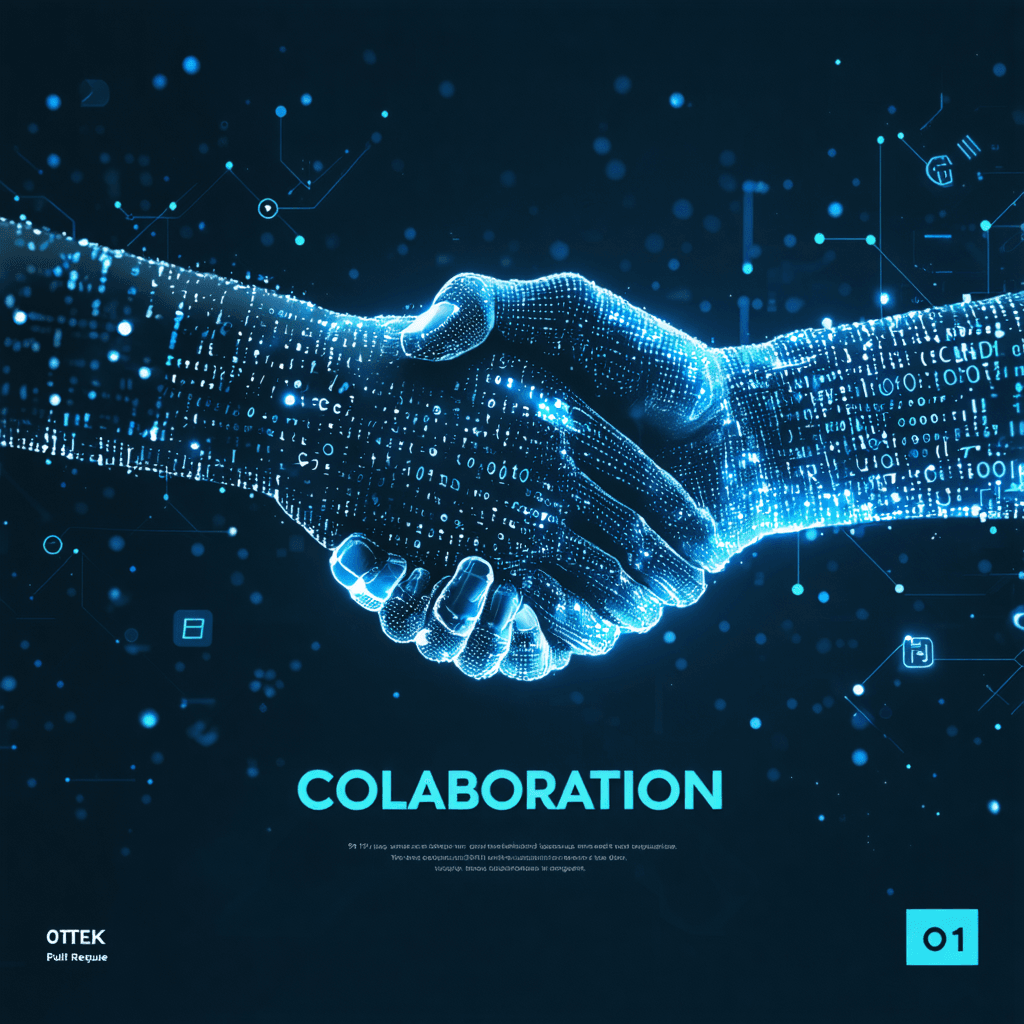From Code Chaos to Collaboration: Navigating the Human Side of Pull Request Politics
In today's fast-paced software development landscape, pull requests (PRs) have become more than just a technical process – they're a delicate intersection of human communication, team dynamics, and professional growth. While we often focus on the technical aspects of code review, the human elements can make or break a team's collaborative success.
The Psychology Behind Pull Request Interactions
Every pull request tells a story. It's not just about code changes; it's about developers putting their work on display for peers to evaluate. This vulnerability can trigger various emotional responses, from defensive reactions to collaborative enthusiasm. Understanding these psychological underpinnings is crucial for fostering a healthy code review culture.
Common Human Challenges in PR Reviews
Ego Management
- Fear of criticism
- Attachment to personal solutions
- Pride in code ownership
- Resistance to change
Communication Barriers
- Misinterpreted feedback tone
- Cultural and language differences
- Varying levels of technical expertise
- Remote work communication challenges
Building a Collaborative PR Culture
1. Establish Clear Guidelines
Creating well-defined PR guidelines helps set expectations and reduces potential conflicts. These should include:
- Code style requirements
- Documentation standards
- Expected response times
- Review process steps
- Constructive feedback examples
2. Foster Psychological Safety
Teams perform best when members feel safe to take risks and be vulnerable. To create this environment:
- Encourage questions and learning opportunities
- Celebrate both successes and learning from failures
- Promote inclusive code review practices
- Recognize and appreciate different perspectives
3. Master the Art of Feedback
Effective feedback is the cornerstone of successful PR interactions:
Do's:
- Begin with positive observations
- Use specific examples
- Focus on the code, not the developer
- Offer alternative solutions
- Ask questions instead of making demands
Don'ts:
- Use aggressive or dismissive language
- Make assumptions about knowledge or intent
- Rush reviews without proper consideration
- Ignore context or constraints
Practical Strategies for Better PR Collaboration
1. Size Management
Large PRs often lead to review fatigue and increased friction. Consider:
- Breaking changes into smaller, focused PRs
- Using feature flags for gradual implementations
- Planning incremental improvements
- Setting size limits for standard PRs
2. Communication Enhancement
Clear communication prevents misunderstandings and builds trust:
- Provide detailed PR descriptions
- Include context and reasoning
- Link to relevant documentation or issues
- Use screenshots or diagrams when helpful
- Respond promptly to questions
3. Knowledge Sharing
Turn PR reviews into learning opportunities:
- Document decisions and their rationale
- Share relevant articles or resources
- Mentor junior developers through detailed explanations
- Create learning resources from common review patterns
Managing Conflicts and Disagreements
Despite best practices, conflicts may arise. Here's how to handle them professionally:
Acknowledge Different Perspectives
- Listen actively to all viewpoints
- Seek to understand underlying concerns
- Focus on finding common ground
Use Data-Driven Discussion
- Reference documentation and best practices
- Conduct proof-of-concept implementations
- Measure impact when possible
Escalate Thoughtfully
- Involve team leads when needed
- Document discussion points clearly
- Focus on business value and team goals
Creating Sustainable PR Practices
1. Regular Process Review
Continuously improve your PR workflow:
- Gather team feedback regularly
- Adjust guidelines based on experience
- Monitor review time metrics
- Identify and address bottlenecks
2. Team Growth
Invest in team development:
- Rotate review responsibilities
- Share knowledge through pair programming
- Create mentorship opportunities
- Celebrate improvement and growth
3. Tools and Automation
Leverage technology to support human interaction:
- Implement automated code quality checks
- Use PR templates effectively
- Integrate helpful bot notifications
- Maintain comprehensive documentation
Building Long-term Success
The most successful teams view PR reviews as opportunities for collaboration rather than criticism. By focusing on:
- Building trust through consistent, respectful interaction
- Creating opportunities for learning and growth
- Maintaining clear, efficient processes
- Supporting team members' professional development
Teams can transform their PR process from a potential source of conflict into a powerful tool for collective improvement.
Moving Forward
Remember that improving PR collaboration is an ongoing journey. Start with small changes, measure their impact, and adjust as needed. The goal is to create an environment where team members feel supported, valued, and motivated to produce their best work.
Ready to take your team's collaboration to the next level? Explore 01TEK's comprehensive courses and resources designed to enhance your development team's effectiveness. Visit our learning platform to discover workshops, tutorials, and best practices that will help your team master the art of collaborative development.
Visit 01TEK Learning Platform today and transform your team's pull request process from chaos to collaboration.
No man was ever wise by chance.
Seneca



